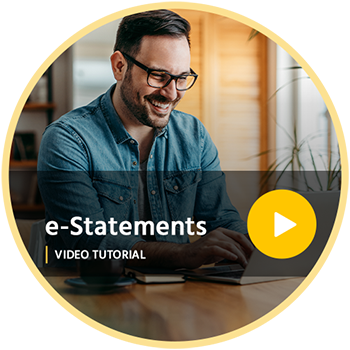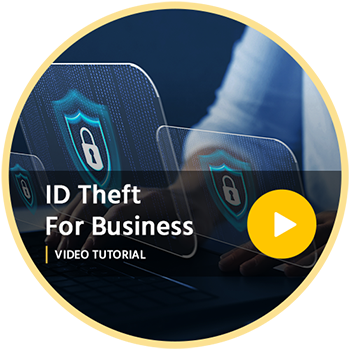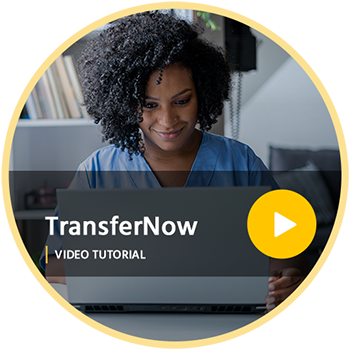{beginNavtabs}
Why should I lease equipment instead of buy?
Leasing is flexible. Companies have different needs, different cash flow patterns, and different — sometime irregular — streams of income. For example, little cash and limited debt lines typically characterize startup companies.
Mature companies might have other needs: to keep debt lines free, to comply with debt covenants, and to avoid committing to equipment that may quickly become obsolete. Therefore, your business conditions — cash flow, specific equipment needs, and tax situation — may help define the terms of your lease.
Moreover, a lease provides the use of equipment for specific periods of time at fixed rental payments. Therefore, leasing allows you to be more flexible in the management of your equipment.
Leasing is practical. By leasing, you transfer the uncertainties and risks of equipment ownership to the lessor, which allows you to concentrate on using that equipment as a productive part of your business.
Leasing is cost effective. Equipment is costly and some of the costs are unexpected. When you lease, your risk of getting caught with obsolete equipment is lower because you can upgrade or add equipment to best meet your needs.
Further, your equipment needs can change over time due to changes in your company, such as diversification. Leasing allows you to stay on the cutting edge of technology. Sophisticated business managers have learned that the primary benefits of higher productivity and profit come from the use of equipment, not owning it.
Leasing has possible tax advantages — please check with your accountant to find out more. Rather than deal with depreciation schedules and Alternative Minimum Tax (AMT) problems, you, the lessee, maybe able to simply make the lease payment and deduct it as a business expense. Leasing helps conserve your operating capital.
Leasing keeps your lines of credit open. You don't tie up your cash in equity. Also, you avoid costly down payments. With other advantages such as off-balance sheet financing, leasing helps you better manage your balance sheet.
Who leases?
Lessees vary widely from small, one-person operations to Fortune 100 corporations. And the kinds of equipment being leased are just as diverse.
Transactions range from a few thousand dollars’ worth of equipment (such as fax machines) to multimillion-dollar cogeneration facilities, telecommunications systems, medical equipment (including CAT scanners and MRI imaging), office systems, computers, commercial aircraft, and transportation fleets. In 1992, it is estimated that approximately $129 billion worth of equipment will have been leased.
Two common types of leases are operating leases and finance leases.
With an operating lease, the term is shorter than the expected useful life of the equipment Rental payments do not cover the equipment cost for the lessor during the initial lease term. This type of lease is popular for high-tech equipment, because shorter-term leases help equipment users stay ahead of equipment obsolescence. The lessor uses its equipment remarketing expertise to subsequently find other users for the returned equipment; something the typical equipment user does not have time or ability to do.
With a finance lease, the term is longer, more nearly covering the useful life of the equipment Rentals tend to be lower because of the longer term and less residual value risk.
From an accounting standpoint, an operating lease is the simplest type of lease for you to account for because you only expense rentals; there is no requirement to add the asset to the balance sheet, as long as the footnotes to the financial statements indicate the amount of your lease rental obligations.
Another lease product you may find beneficial is the sale-leaseback: You purchase the equipment you need and use it for a period of time before selling it to a lessor. After selling the equipment, you then lease the equipment. This is another way to free up your operating capital.
On smaller equipment leases worth thousands of dollars, leases tend to be more standardized. Above that cost range — several hundred thousand into the millions — variations appear more frequently. A leveraged lease on a big-ticket acquisition such as an airplane may include several customized provisions and options that would not appear in a typical lease for a smaller amount. Therefore, flexibility is a product of the size of the lease.
How do I determine what type of lease is best for my company?
As a method of acquiring equipment, you'll find leasing fairly straightforward: It amounts to a rental agreement that is structured to meet your company's special needs. As the lessee, you and the lessor consider the following factors to determine the most effective type of lease for your company.
These factors include: how long you want to use the equipment; what you intend to do with the equipment at the end of your lease; your tax situation; your cash flow; and your company's specific needs as they relate to future growth. Further, your needs will also determine what happens at the end of the lease. As a lessee, your options include: returning the equipment to the lessor; purchasing the equipment at fair market value or a nominal fixed price; or renewing your lease. As the lessee, you should understand what your options are and discuss them with your lessor.
How does leasing work?
Almost any type of equipment can be leased. As the lessee, you deal with the lessor concerning the term of the lease and the rate. Ancillary expenses - such as taxes, service, insurance and maintenance - usually are the responsibility of the lessee and are not deductible from the rental payment.
There are three ways you can acquire equipment through leasing:
You can select and order the equipment and then seek financing through a lessor
You can select the equipment by working with a vendor or a manufacturer, which offers leasing through its own subsidiary
You can obtain the equipment directly through a lessor
In most cases, the lessee selects and orders the equipment before contacting the lessor. Unless provided for in the provisions of the lease, lessors don't normally provide equipment warranties. Equipment warranties are between the lessee and the manufacturer.
By signing the lease, the lessee assigns its purchase rights to the lessor, who already owns or who then buys the equipment as specified by the lessee. When the equipment is delivered, the lessee formally accepts it and makes sure it meets all specifications. The lessor pays for the equipment, and the lease takes effect.
How can leasing help my financial picture?
You may ask, "Why should I lease equipment rather than take a bank loan?" For one thing, leasing allows you to keep your bank lines of credit open. In addition, since leasing companies assume there will be a residual value in the equipment at the end of the lease, they can offer lower rental payments, equaling a cash savings to you.
Finally, some types of term debt can interfere with your company's future financial structure; this does not occur with leasing. The Financial Accounting Standards Board (FASB) considers lease rental payments as an expense, not a debt, under many lease agreements. A key advantage of leasing is that it permits 100 percent financing, and the term of the lease can be matched with the useful life of the equipment.
Therefore, if cash flow is a problem, leasing can help your company avoid down payments and keep scheduled payments low by stretching out repayment terms. Moreover, as your business grows, bank lines of credit and your own cash are still available to support increases in your company's working capital requirements.
Who are the lessors?
There are four basic types of leasing companies:
Banks, or bank-affiliated firms
Captive leasing companies – subsidiaries of equipment manufacturers, leasing their parent's products
Independent leasing companies, whether small and specialized or large and diversified
Others, such as investment bankers, and independent brokers/packagers who bring the parties of a lease together
Over 850 Equipment Leasing companies belong to the Equipment Leasing Association of America (ELA), which was founded in 1961. ELA members agree to follow the association's Cede of Fair Business Practices, which advocates confidentiality regarding the lessee's financial information as well as proper disclosure to the lessee of all relevant information regarding the terms and conditions of the lease. Anyone may obtain a copy of the code from ELA's Arlington, Virginia headquarters.
If you would like more information about FOCUS Bank's lease program, please contact us online. Bankers, if you are considering the addition of a lease department in your facility, we invite you to visit BancLease.com — a lease consulting service for bankers.
{endNavtabs}
























